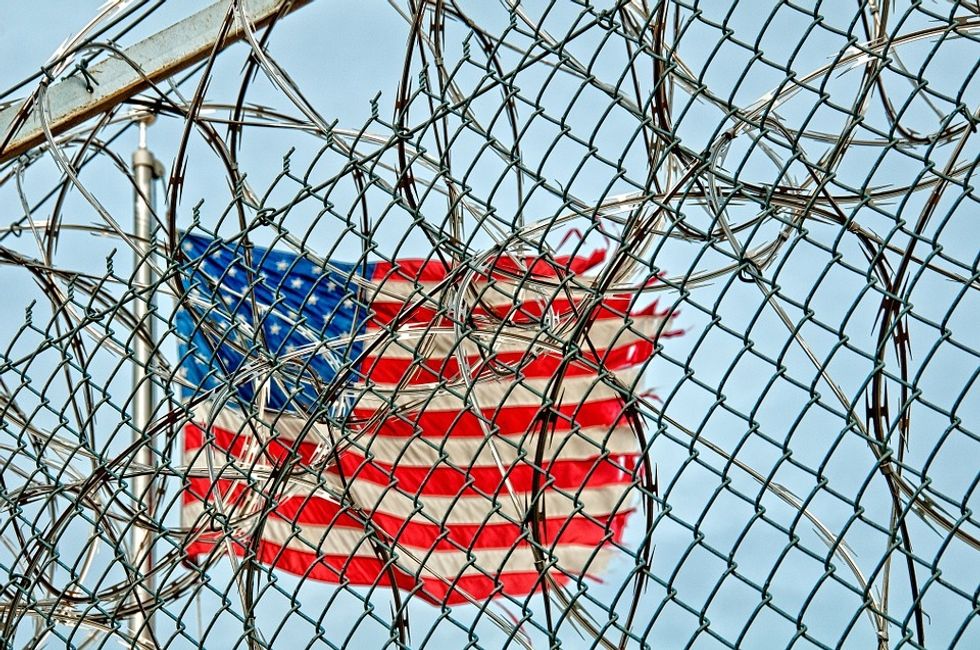United States Prisons hold roughly 2.7 million people. Many of the prisoners are incarcerated for nonviolent crimes including drug possession. Within the US prison system, there are two umbrella types of prisons. There are Private and Federal Prisons. Each has its own issues regarding workers, treatment, money, and taxpayer burden. Let's get into some facts.
Privatization of prisons can actually be found as early as 1852 when San Quentin opened in Marin County. Since then (and specifically in the 1980s), private prisons have been a booming business. I suppose this is the capitalist way, to monetize every aspect of life that can be altered to run for-profit. However, the privatization of prisons has led to its fair share of issues.
Private prisons were created under the false pretense that it would cost the taxpayers less money in the long run since the prisons were generating revenue. The reality is these prisons may actually be causing the taxpayers to pay the same amount, if not more. These private prisons have contracts drawn up with the state. Most of these contracts have bed-fill quotas in them upwards of 95%. If these bed-fill quotas are not reached, the state is hit with a fine. Back in 2008, a private prison in Yuma, Arizona did not fill the 98% bed-fill quota. What happened next? The prison slapped the state with an $8 million fine that came from (you guessed it) the taxpayers. These bed-fill quotas also contribute to the institutionalized racism and the federal government's reasoning for not legalizing marijuana. Let's unpack this.
The prison system is in the way of the release of prisoners in jail for nonviolent drug crimes. Specifically, possession of marijuana. Let's think about this. If the government is allowing private businesses to create prisons with terms that include bed-fill quotas. Of the 2.2 million people in the United States prison system, half are in jail for non-violent drug-related crimes. As of 2017, almost 700,000 are marijuana-specific crimes. 700,000 does not seem like a lot of people out of 2.7 million however, this accounts for 26% of those incarcerated. Releasing a solid quarter of those incarcerated would directly impact these bed-fill quotas and cause the taxpayers and the government to pay millions (MILLIONS) of dollars in fines.
The rest of the prison system is not set up to be humane or rehabilitating in the slightest. There are so many tactics used inside of the prison system that has been proven to be harmful to mental health. The use of solitary confinement is a perfect example. Solitary confinement cells are actually smaller than the size of a small horse stable. It is 23 hours of an inmate alone in one of these cells. They get food through a tiny slot to limit any interaction among anyone. The hour that they are not in their cell, they are allowed to exercise inside of a tiny cage. There are also proven psychological long-term effects on solitary confinement, including PTSD and trouble socializing.
Until I started educating myself, I did not realize the issues the United States prison system had. Now, I not only know, but I am ready to start calling for a change in the way our country handles incarceration.
















